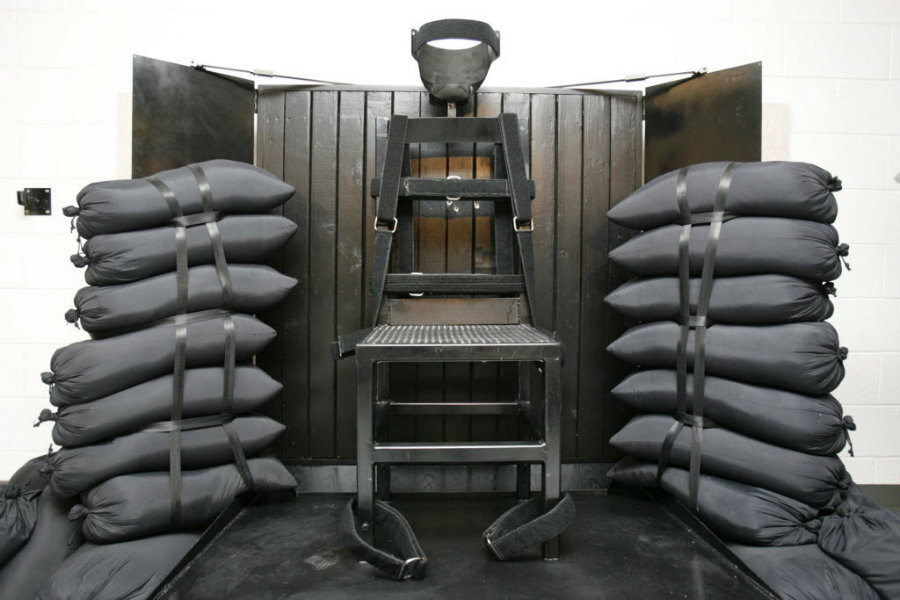Why Utah is bringing back the firing squad
The firing squad is coming back to Utah.
State lawmakers have approved a measure that would allow authorities to use the old method of execution if drugs for lethal injections can’t be obtained, NBC News reported. The state Senate passed the bill Tuesday in an 18-10 vote, though Utah Gov. Gary Herbert has not said whether or not he will sign it.
"We would love to get the lethal injection worked out so we can continue with that but if not, now we have a backup plan," Rep. Paul Ray (R) of Clearfield, who sponsored the bill, told The Associated Press.
The state is the latest to approve an alternative to lethal injection in the event that the latter becomes impossible to administer.
To date, 15 states have backup methods of execution, according to the Bureau of Justice Statistics: 8 have authorized death by electrocution, three have authorized lethal gas, three have authorized hanging, and two, including Utah, have authorized using a firing squad.
In most cases, the condemned prisoner can choose the method of execution.
In July, however, Tennessee became the first state to approve an alternative to lethal injection that would be used without the inmate having a choice, The Washington Post reported. Lawmakers there allowed the use of the electric chair in case lethal injection is deemed unconstitutional or authorities can’t obtain drugs for execution.
Alabama approved similar legislation earlier this month. Around the same time, Oklahoma legislators overwhelmingly approved the use of nitrogen gas chambers as the second alternative after lethal injection.
Death penalty states began debating the return of other methods of execution in the wake of the European Union’s 2011 ban on exporting drugs to the United States that would be used in lethal injections.
The drug shortage forced those states to adjust their formulas for lethal injection cocktails. Without the support of the FDA, which has refused to test the drugs’ efficacy, or the larger medical establishment, which has said it wants no part in administering death, the result was a number of botched executions that led to prolonged deaths.
“I believe in the death penalty for certain crimes. But that is not an acceptable way of carrying it out,” Sen. John McCain (R) of Arizona told Politico last year, after Joseph Wood, a convicted murderer, died gasping and snorting almost two hours after authorities administered the lethal drugs.
“The lethal injection needs to be an indeed lethal injection and not the bollocks-upped situation that just prevailed,” Sen. McCain added. “That’s torture.”
The bungled executions led capital punishment opponents to hope that of the 32 states supporting the death penalty, at least some would find reason for a change of heart. Instead, those states began looking for other ways to enforce capital punishment.
"I think we had a little flash of hope that it would help our cause, but all it did was generate a lot of conversation about it," Lydia Polley, a longtime member of the Oklahoma Coalition to Abolish the Death Penalty, told The Christian Science Monitor in December, months after one inmate’s execution went so badly the executioners had to close the viewing galley curtains to conceal the mess.
“It just led to people thinking of better ways to kill them,” Ms. Polley said.







